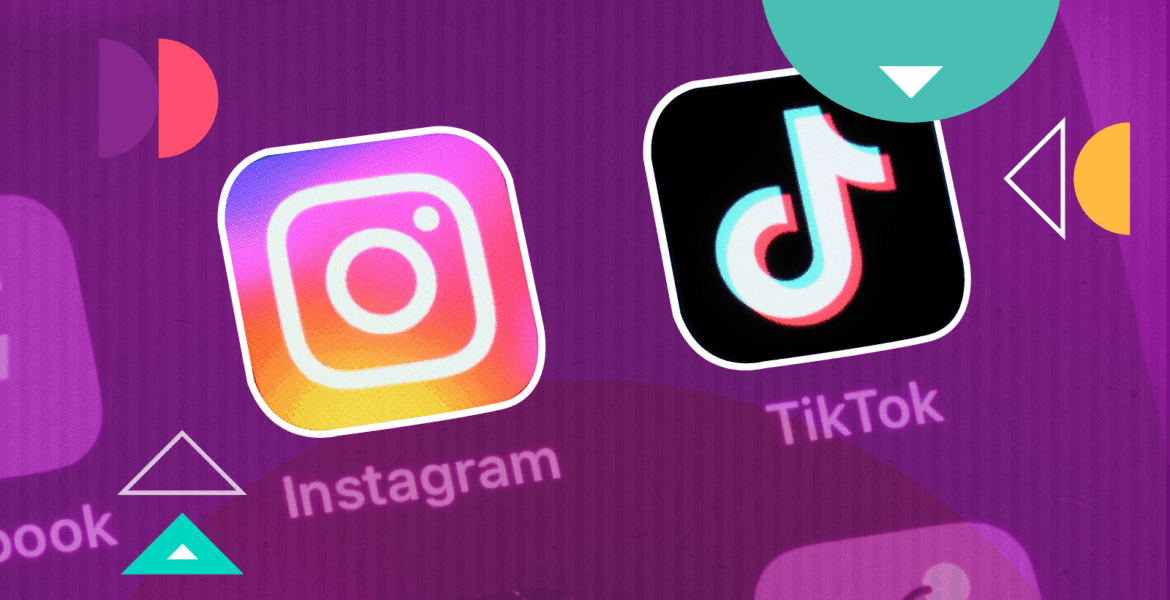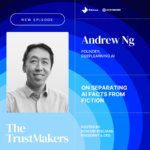By Jimmy Pugh, Head of Social at re:act
In the not-so-dim-and-distant past, if you wanted to discover the best brunch spots in town, a quick Google search would provide you with the answers. Keywords, meta tags, optimised headers, additional on-page SEO – these were the tools of the trade for brands yearning for top search results.
Fast forward, and a whole new generation is bypassing the search engine altogether. Instead, they’re opening TikTok or Instagram and heading straight for the search bar in their quest for answers. And more often than not, they’re finding what they’re looking for.
It’s not just a passing trend. Recent studies suggest that around half of Gen Z users now favour social platforms over Google for search. That’s a staggering shift in consumer behaviour and one that marketers simply cannot afford to ignore. Social search isn’t just growing; it’s fundamentally changing how people discover products, places, trends and ideas.
A break from tradition
TikTok and Instagram aren’t search engines in the traditional sense. They don’t spit out ten web links on a white screen for you to click on. Instead, they show you someone walking into a café, interacting with the staff, trying the flat white, filming the flaky pastry and ultimately striving to give you a real, authentic sense of what it’s like to be there.
It’s personal, it’s raw and, crucially, it’s visual.
This new generation of consumers don’t want to scroll through blocks of text when they’re looking for something. They want to see it, hear it and feel what it’s like before they commit.
This is something I’ve experienced first-hand in recent months when I headed to Glasgow for the first time a short while back. Ordinarily I might have opened up Tripadvisor or combed through reviews on Google in my search for the most trusted spots to visit. This time, though, I headed straight to TikTok.
My search for ‘Best Glasgow bakeries’ yielded three places I hadn’t seen mentioned anywhere else, all shown through the eyes of locals, tourists and content creators wanting to share their experiences with their communities. You don’t just see a menu or a star rating – you see the queues out the door, the way the icing glistens on the cakes on the counter, how much they paid for their items and whether it felt worth it. That kind of detail just doesn’t come through in written reviews.
Yet, a lot of the videos I watched were six, even nine months, old. But they were still relevant today and still racking up views. Still influencing where people went for breakfast that weekend a long while after posting.
Content that sticks
That’s the beauty of evergreen content on social. It sticks around and builds engagement over time. And thanks to the algorithms, it keeps getting resurfaced when users search for the same thing months down the line.
What’s really interesting is the element of surprise that comes with it. With Google, you type a question and often get a predictable answer, and now even AI overviews. On TikTok, you search for something and often stumble across content you didn’t even know you wanted or needed.
It’s part search engine, part recommendation engine, and all about entertainment. And that keeps people hooked.
Then there’s the trust factor.
Gen Z, and increasingly millennials too, are now showing more faith in people than in search engines. If someone they follow recommends a product, a restaurant or even a holiday destination, that advice holds more weight than anything they’d find on the first page of Google.
It’s not necessarily about celebrities, either. Micro-creators and niche influencers are the new tastemakers. They speak the language of their followers, and their content feels more like a friend’s tip-off than an ad.
That community element is unbelievably powerful. People gather around creators who share their interests and values. Whether it’s skincare, interiors or tech, these groups are tightly knit, and their opinions travel fast.
Authenticity over authority
For marketers, that means influence doesn’t just come from authority; it comes from authenticity. You’re not just selling to individuals anymore.
For brands, the search strategy simply has to shift. SEO and paid media still very much matter and they’re not going anywhere, but they can’t be the only levers on which to pull. Social search needs to be treated with equal weight.
That means creating content that’s not just beautiful, but genuinely useful. Content that shows, rather than tells. Content that’s posted by creators your audience already trusts, and on the platforms where they’re already spending hours a day.
Campaign launches, product drops and brand moments need to be social-search-ready. That might mean working with influencers to produce native video content, rather than just pushing out more typical, polished ads. It also means thinking longer-term. A good TikTok video isn’t just a flash in the pan. If it resonates, it’ll keep bringing in views, clicks and conversions long after it’s posted.
And finally, budgets need to catch up. This isn’t an experimental channel anymore. If half of your future customers are searching for you on TikTok, then it deserves more than a side line in the search strategy. Social search is here, it’s growing and it’s rewriting the rules of discovery.
Google might still be the king for now. But TikTok and Instagram are coming for it among users desperate for answers.











